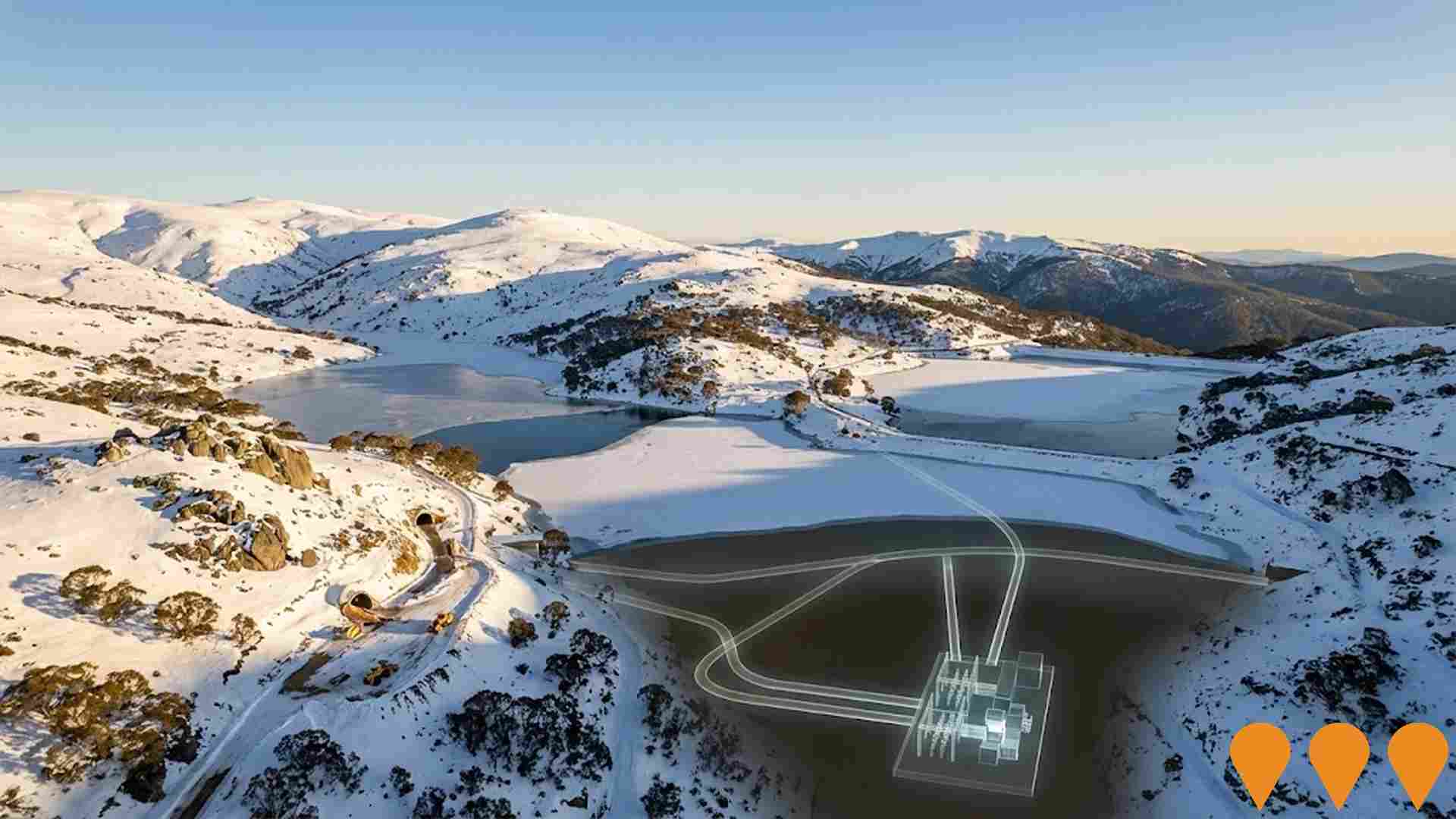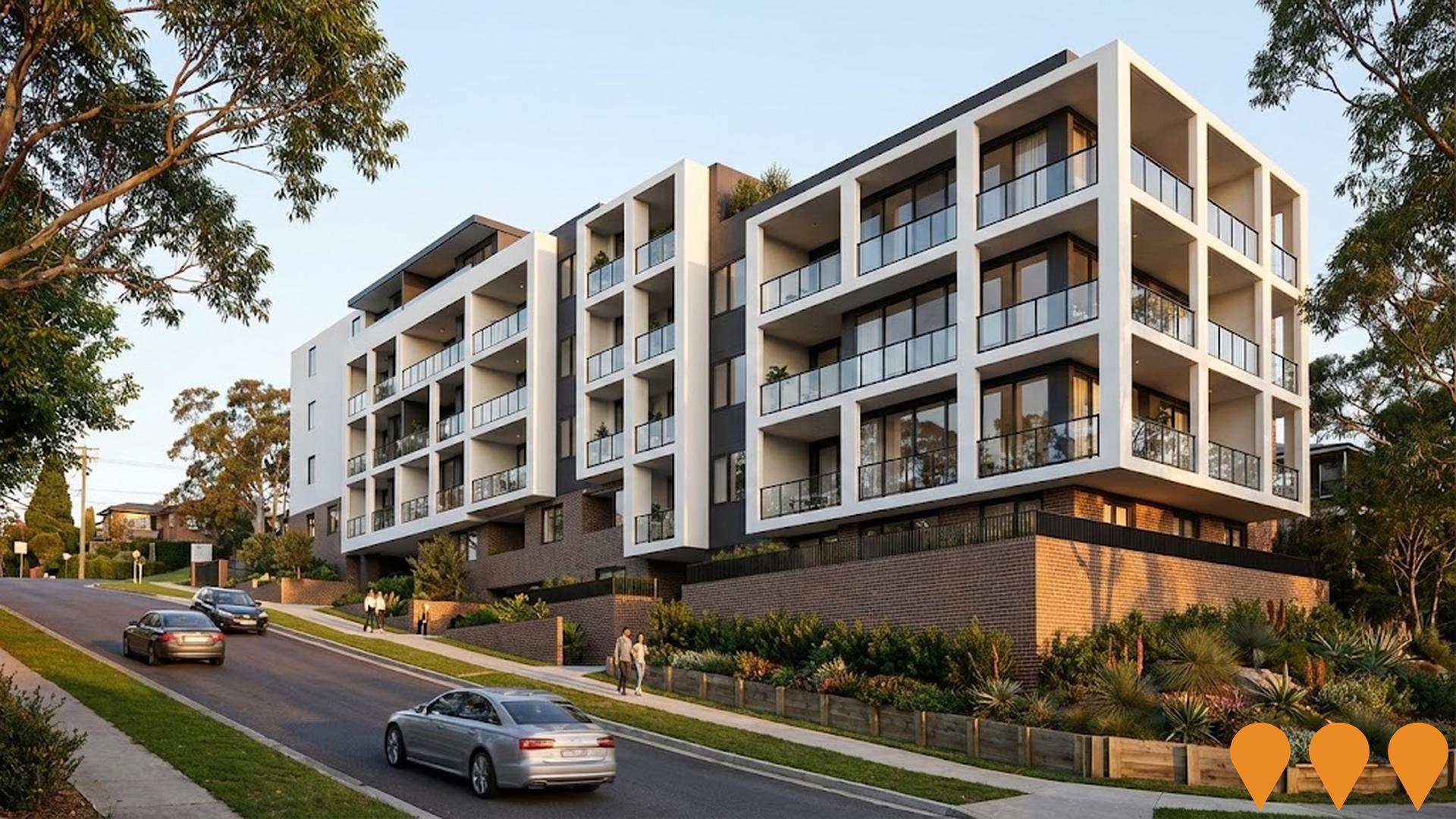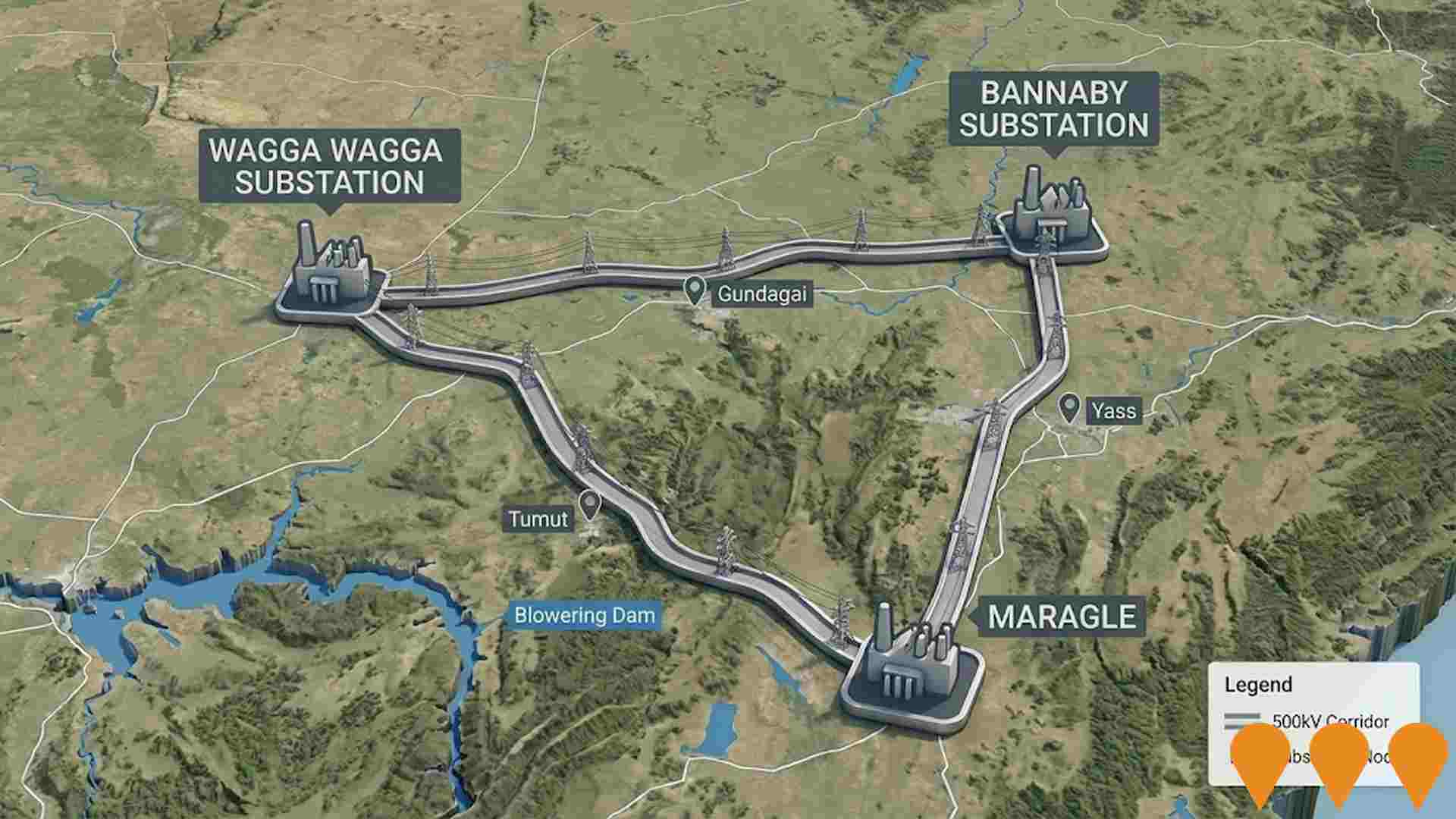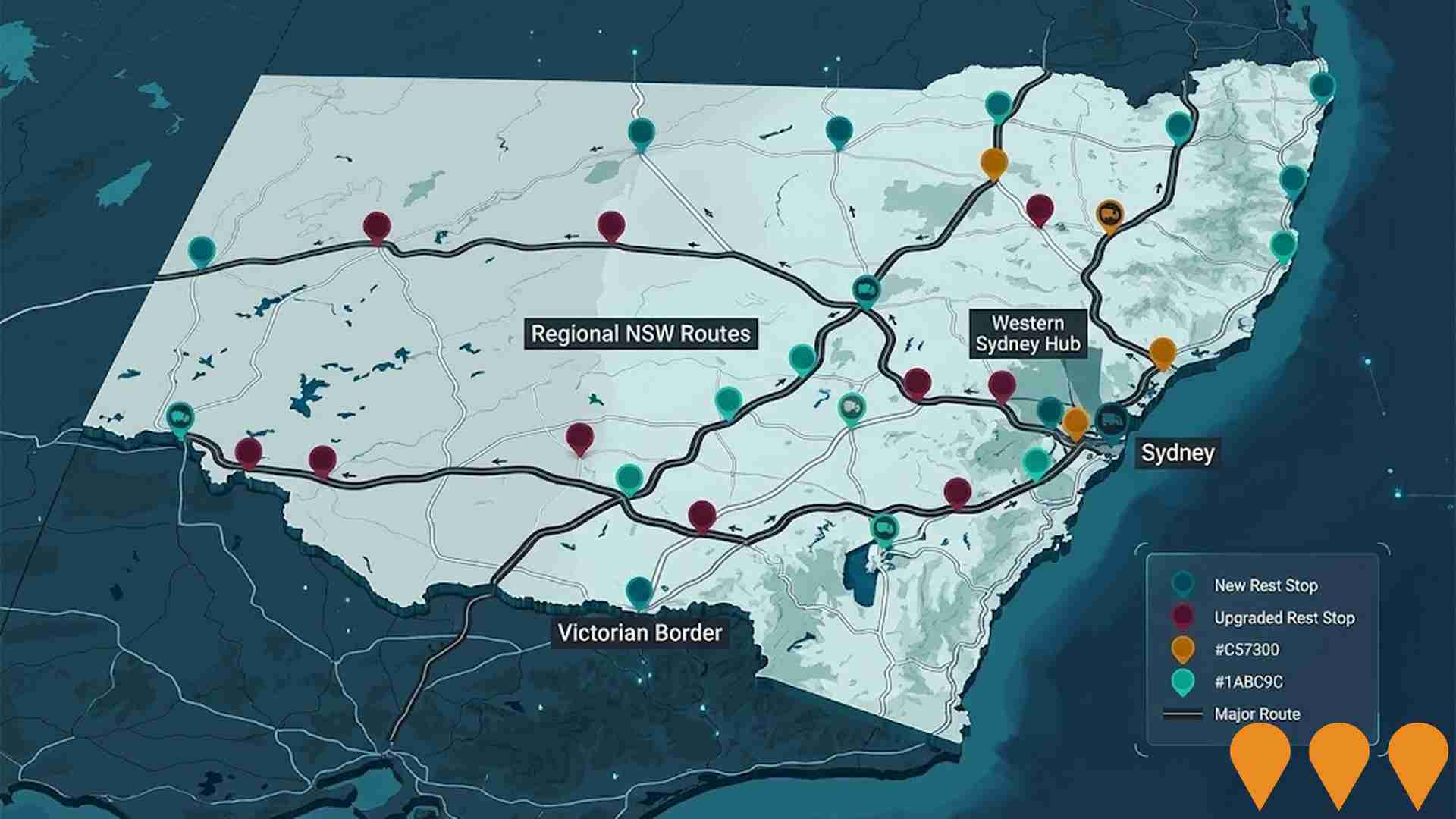Chart Color Schemes
est. as @ -- *
ABS ERP | -- people | --
2021 Census | -- people
Sales Activity
Curious about local property values? Filter the chart to assess the volume and appreciation (including resales) trends and regional comparisons, or scroll to the map below view this information at an individual property level.
Find a Recent Sale
Sales Detail
Population
An assessment of population growth drivers in Tumut reveals an overall ranking slightly below national averages considering recent, and medium term trends
Tumut's population was around 6,774 as of November 2025, reflecting an increase of 107 people since the 2021 Census. This increase represents a 1.6% growth from the previous census figure of 6,667 people. The change is inferred from the estimated resident population of 6,634 in June 2024 and an additional 127 validated new addresses since the Census date. This results in a population density ratio of 168 persons per square kilometer, indicating significant space per person with potential room for further development. Over the past decade, Tumut has shown resilient growth patterns with a compound annual growth rate of 0.3%, outperforming the SA3 area. Overseas migration was the primary driver of population growth during recent periods.
AreaSearch uses ABS/Geoscience Australia projections for each SA2 area, released in 2024 with a base year of 2022. For areas not covered by this data, AreaSearch utilizes NSW State Government's SA2 level projections, released in 2022 with a base year of 2021. Growth rates by age group from these aggregations are applied to all areas for years 2032 to 2041. Based on the latest population numbers, Tumut is expected to expand by 269 persons to reach 7,043 by 2041, reflecting a total increase of 1.8% over the 17-year period.
Frequently Asked Questions - Population
Development
Residential development activity is lower than average in Tumut according to AreaSearch's national comparison of local real estate markets
Tumut has seen approximately 22 new homes approved annually. Over the past five financial years, from FY-21 to FY-25, around 111 homes were approved, with a further 12 approved in FY-26. On average, only 0.3 people have moved to the area per dwelling built over these years.
This indicates that new supply is meeting or exceeding demand, providing ample buyer choice and creating capacity for population growth beyond current forecasts. The average expected construction cost value of new dwellings is $357,000. In FY-26, commercial development approvals totaled $42.3 million, reflecting high local commercial activity. Compared to the Rest of NSW, Tumut's development activity per person is comparable, maintaining market balance with the broader area, which is below average nationally.
This suggests possible planning constraints in the area. New development consists predominantly of detached dwellings (94.0%) and a smaller proportion of attached dwellings (6.0%), preserving Tumut's traditional low-density character focused on family homes. The estimated population per dwelling approval is 347 people, reflecting its quiet development environment. Looking ahead, Tumut is projected to grow by 122 residents by 2041. At current development rates, new housing supply should comfortably meet demand, offering good conditions for buyers and potentially supporting growth beyond current projections.
Frequently Asked Questions - Development
Infrastructure
Tumut has emerging levels of nearby infrastructure activity, ranking in the 32ndth percentile nationally
Changes to local infrastructure significantly influence an area's performance. AreaSearch has identified three projects that could impact this region: Tumut Hospital Redevelopment, Tumut Aerodrome Infrastructure Upgrade Stage 2, Tumut River Works Program, and HumeLink. The following details the projects most relevant to the area.
Professional plan users can use the search below to filter and access additional projects.
INFRASTRUCTURE SEARCH
 Denotes AI-based impression for illustrative purposes only, not to be taken as definitive under any circumstances. Please follow links and conduct other investigations from the project's source for actual imagery. Developers and project owners wishing us to use original imagery please Contact Us and we will do so.
Denotes AI-based impression for illustrative purposes only, not to be taken as definitive under any circumstances. Please follow links and conduct other investigations from the project's source for actual imagery. Developers and project owners wishing us to use original imagery please Contact Us and we will do so.
Frequently Asked Questions - Infrastructure
Snowy 2.0
Snowy 2.0 is a pumped-hydro expansion of the Snowy Scheme, linking two reservoirs with tunnels and an underground power station, providing 2,000 MW of power and 350,000 MWh of storage.

Tumut Hospital Redevelopment
Redevelopment of Tumut Hospital providing integrated modern healthcare services including emergency department, inpatient wards, maternity, rehabilitation unit, renal department, medical imaging with CT, helipad, and more for local communities in Tumut, Gundagai, Batlow, and Adelong.

Low and Mid-Rise Housing Policy
State-wide NSW planning reforms via amendments to the State Environmental Planning Policy to enable more diverse low and mid-rise housing (dual occupancies, terraces, townhouses, manor houses and residential flat buildings up to 6 storeys) in well-located areas within 800 m of selected train, metro and light-rail stations and town centres. Stage 1 (dual occupancies in R2 zones statewide) commenced 1 July 2024. Stage 2 (mid-rise apartments, terraces and dual occupancies near stations) commenced 28 February 2025. Expected to facilitate up to 112,000 additional homes over the next five years.

HumeLink
HumeLink is a new 500kV transmission line project connecting Wagga Wagga, Bannaby, and Maragle, spanning approximately 365 km. It includes new or upgraded infrastructure at four locations and aims to enhance the reliability and sustainability of the national electricity grid by increasing the integration of renewable energy sources such as wind and solar.

Olympic Highway Safety Improvements
Comprehensive safety upgrade works along the Olympic Highway corridor from Cowra to Table Top, supported by a $26 million funding injection. The project involves overtaking lanes, intersection improvements, shoulder sealing, road widening, and the installation of flexible safety barriers. Recent works have focused on sections near Cowra and Young to reduce crash rates and improve regional traffic flow.

Jeremiah Wind Farm
The proposed Jeremiah Wind Farm is a 400MW renewable energy project by Squadron Energy located on Wiradjuri Country, approximately 25km east of Gundagai, NSW. The wind farm will comprise 65 wind turbines with 6MW GE Vernova turbines and include a 150MW battery energy storage system. The project is expected to power over 200,000 homes and prevent approximately 560,000 tonnes of carbon emissions annually. Construction is expected to create up to 262 jobs during the build phase and 12 ongoing operational jobs. The project will connect to the Lower Tumut-Yass transmission line and is part of Squadron Energy's 14GW renewable energy development pipeline. An Environmental Impact Statement has been completed and the project is progressing through planning approvals.

Tumut River Works Program
The Tumut River Works Program aims to undertake bank stabilisation works and other complementary activities to support an ecologically healthy and self-sustaining riverine environment along the Tumut River, including bank protection works, fencing, revegetation, weed control, snag removal, and stock watering points.

Regional Housing Fund (Victoria)
A $1 billion Homes Victoria program delivering around 1,300 new social and affordable homes across at least 30 regional and rural LGAs, using a mix of new builds, purchases in new developments, renewals and refurbishments. Delivery commenced in late 2023 with early completions recorded; overall fund completion is targeted for 2028.

Employment
The employment landscape in Tumut shows performance that lags behind national averages across key labour market indicators
Tumut's workforce is balanced across white and blue collar jobs, with manufacturing and industrial sectors prominent. The unemployment rate was 4.1% in the past year, increasing by 7.8%.
As of June 2025, 3,057 residents are employed, with an unemployment rate of 4.6%, slightly above Rest of NSW's 3.7%. Key employment sectors include manufacturing, health care & social assistance, and retail trade. Manufacturing stands out at 2.7 times the regional average. Professional & technical services have a limited presence at 2.2% compared to the regional 5.1%.
Many residents commute elsewhere for work based on Census data. In the year ending June 2025, employment increased by 7.8%, labour force by 8.9%, and unemployment rose by 1 percentage point, contrasting with Rest of NSW's slight employment contraction and lower unemployment increase. Jobs and Skills Australia forecasts national employment growth at 6.6% over five years and 13.7% over ten years. Applying these projections to Tumut's employment mix suggests local growth of approximately 5.4% over five years and 12.1% over ten years, based on a simple weighting extrapolation for illustrative purposes.
Frequently Asked Questions - Employment
Income
Income levels sit below national averages according to AreaSearch assessment
Tumut's median taxpayer income in financial year 2022 was $51,849, with an average of $63,847 according to postcode level ATO data aggregated by AreaSearch. This is slightly lower than the national average, contrasting with Rest of NSW's median income of $49,459 and average income of $62,998. Based on Wage Price Index growth of 12.61% since financial year 2022, current estimates would be approximately $58,387 (median) and $71,898 (average) as of September 2025. According to the 2021 Census, household, family and personal incomes in Tumut all fall between the 17th and 20th percentiles nationally. Income distribution data shows that 28.5% of locals (1,930 people) have incomes ranging from $1,500 to 2,999, mirroring the surrounding region where 29.9% fall into this bracket. After accounting for housing costs, 86.4% of income remains, ranking at the 20th percentile nationally.
Frequently Asked Questions - Income
Housing
Tumut is characterized by a predominantly suburban housing profile, with a higher proportion of rental properties than the broader region
Dwelling structure in Tumut, as per the latest Census, consisted of 85.7% houses and 14.2% other dwellings (semi-detached, apartments, 'other' dwellings), compared to Non-Metro NSW's 92.0% houses and 8.0% other dwellings. Home ownership in Tumut stood at 37.7%, with the rest either mortgaged (29.5%) or rented (32.8%). The median monthly mortgage repayment was $1,300, aligning with Non-Metro NSW's average, while median weekly rent was $245, compared to Non-Metro NSW's $1,300 and $230 respectively. Nationally, Tumut's mortgage repayments were lower than the Australian average of $1,863, and rents were substantially below the national figure of $375.
Frequently Asked Questions - Housing
Household Composition
Tumut features high concentrations of lone person households, with a lower-than-average median household size
Family households account for 66.5 percent of all households, including 24.5 percent couples with children, 27.9 percent couples without children, and 13.1 percent single parent families. Non-family households constitute the remaining 33.5 percent, with lone person households at 31.7 percent and group households comprising 1.8 percent of the total. The median household size is 2.3 people, which is smaller than the Rest of NSW average of 2.4.
Frequently Asked Questions - Households
Local Schools & Education
Tumut faces educational challenges, with performance metrics placing it in the bottom quartile of areas assessed nationally
The area's university qualification rate is 14.8%, substantially lower than NSW's average of 32.2%. This presents both a challenge and an opportunity for targeted educational initiatives. Bachelor degrees are the most common at 10.9%, followed by graduate diplomas (2.0%) and postgraduate qualifications (1.9%). Trade and technical skills are prominent, with 38.7% of residents aged 15+ holding vocational credentials – advanced diplomas (8.0%) and certificates (30.7%).
Educational participation is high at 28.1%, including 10.9% in primary education, 8.0% in secondary education, and 2.0% pursuing tertiary education. Tumut's 5 schools have a combined enrollment of 1,441 students. The educational mix includes 2 primary, 1 secondary, and 2 K-12 schools. As an education hub, the area has 21.4 school places per 100 residents, significantly higher than the regional average of 13.9, attracting students from surrounding communities.
Frequently Asked Questions - Education
Schools Detail
Nearby Services & Amenities
Transport
Transport servicing is low compared to other areas nationally based on assessment of service frequency, route connectivity and accessibility
Transport analysis shows 140 active transport stops in Tumut, operating a mix of bus services. These stops are served by 18 individual routes, offering a total of 151 weekly passenger trips. Transport accessibility is rated excellent, with residents typically located 142 meters from the nearest stop.
Service frequency averages 21 trips per day across all routes, equating to approximately one weekly trip per stop.
Frequently Asked Questions - Transport
Transport Stops Detail
Health
Health performance in Tumut is well below average with prevalence of common health conditions notable across both younger and older age cohorts
Tumut faces significant health challenges, as indicated by health data.
Both younger and older age groups have notable prevalence of common health conditions. Approximately 51% (~3,468 people) of Tumut's total population has private health cover, slightly lower than the average SA2 area. The most prevalent medical conditions are arthritis (11.0%) and asthma (10.0%), while 61.4% of residents report having no medical ailments, compared to 62.9% in Rest of NSW. Tumut has 22.2% (1,502 people) of its population aged 65 and over, lower than the 24.8% in Rest of NSW. Health outcomes among seniors present challenges broadly aligned with the general population's health profile.
Frequently Asked Questions - Health
Cultural Diversity
Tumut is considerably less culturally diverse than average when assessed alongside AreaSearch's national rankings for language and cultural background related metrics
Tumut's cultural diversity was found to be below average, with 89.0% of its population being citizens, 89.8% born in Australia, and 94.3% speaking English only at home. The predominant religion in Tumut is Christianity, accounting for 66.2% of the population, compared to 65.3% across Rest of NSW. Regarding ancestry, the top three represented groups are Australian (32.9%), English (31.3%), and Irish (8.5%).
Notably, certain ethnic groups have different representations: Australian Aboriginal is higher at 5.9% in Tumut compared to 4.8% regionally, South African is at 0.7% versus 0.5%, and Maori is at 0.6% compared to 0.4%.
Frequently Asked Questions - Diversity
Age
Tumut hosts an older demographic, ranking in the top quartile nationwide
Tumut's median age in 2021 was 42 years, similar to Rest of NSW's average of 43 but older than Australia's median age of 38. The age profile showed that individuals aged 25-34 made up 12.4% of Tumut's population, a higher proportion than in the 65-74 group (11.1%). Between 2021 and present, the percentage of 25 to 34-year-olds increased from 11.4% to 12.4%, while the percentage of those aged 55 to 64 decreased from 13.1% to 11.9%. By 2041, population forecasts indicate significant demographic shifts in Tumut. The 85+ cohort is projected to grow by 70%, adding 132 residents and reaching a total of 321. Conversely, declines are forecast for the 75-84 and 5-14 age cohorts.



